Diferencias sobre Guárdame las vacas by Luys de Narváez (fl. 1526-1549) from Los seys libros del delphín – PDF Sheet Music for Classical Guitar. Comes with both a Notation-Only Edition and a TAB Edition. Left hand fingering. PDF Download. The level is Intermediate (Approximately Grade 6-7). Originally for vihuela. Please note: This edition uses F# tuning on the 3rd string (see video explanation).
Buy the PDF at my sheet music store
Also know as Luis Narváez, a Spanish composer and vihuelist. I’ve wanted to put out an edition of this work for some time. My edition follows the original tuning and tablature very closely and aims to explain the multi-voiced complexity of the work. You’ll notice a number of differences for well-known editions but I follow the original vihuela tablature (you can compare it as it is available on IMSLP). Youtube Video Lesson Link (4k). Join the Email Newsletter to get updates on sheet music lessons. Please consider supporting the site.
Why do guitarists use capos and 3rd string F# tuning?

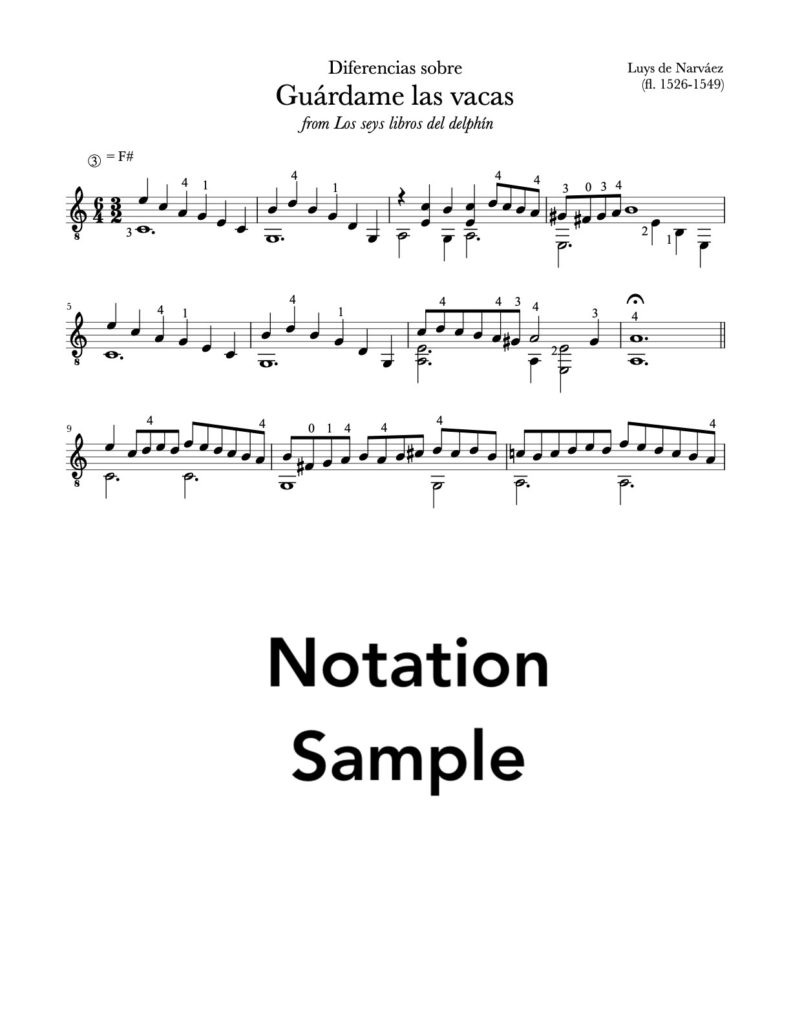
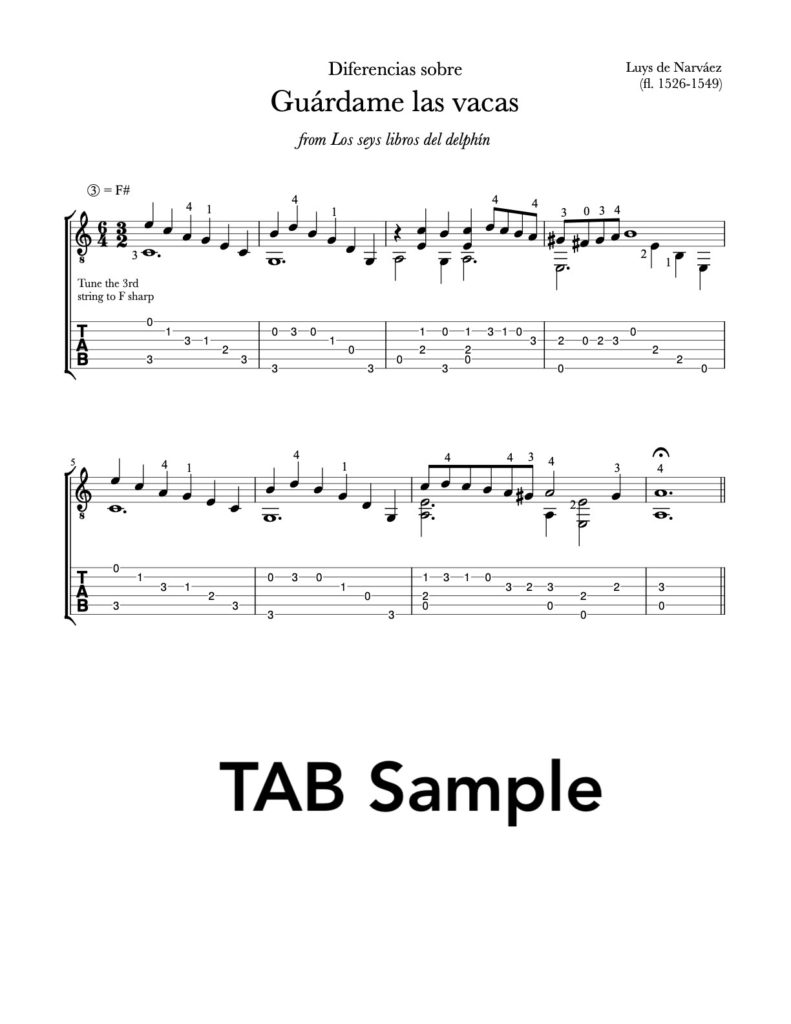

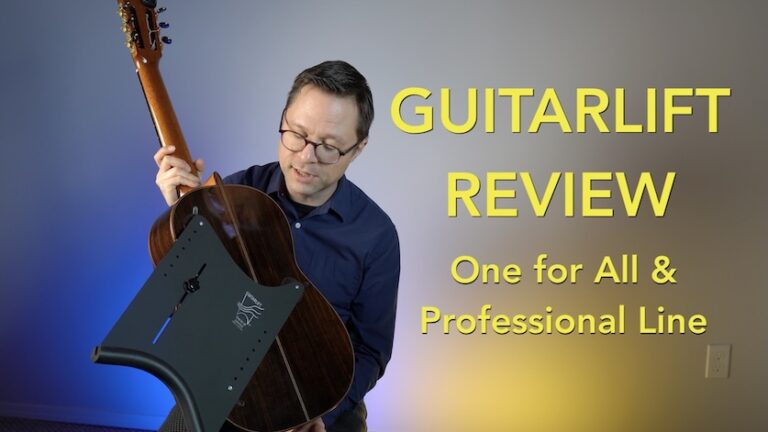
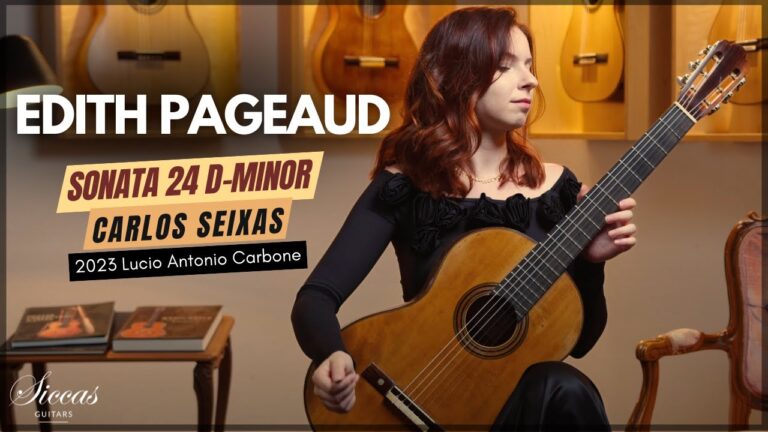
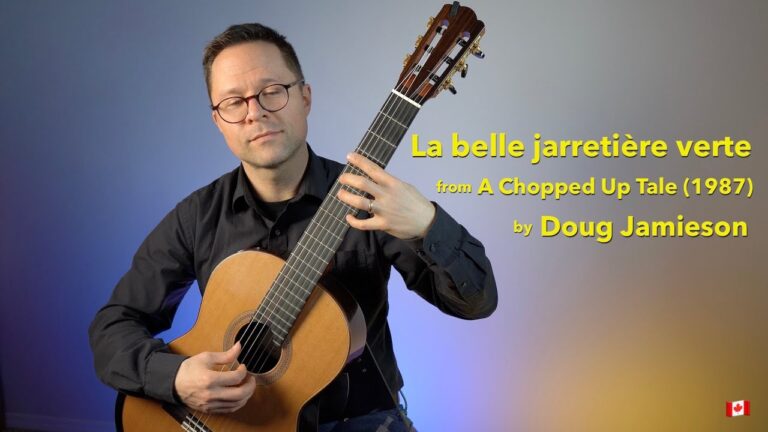
What’s the tempo for this piece?
The tempo can vary depending on your preference. Lots of early music performances are quite slow but with wonderful attention to rhythmic aspect and motifs. On the modern classical though I do like to keep it going enough to get a sense of the overall phrase.
Hi Bradford,
Thanks for doing a lesson on this great piece. I had completely forgotten about it having learnt it (sort of) many, many years ago. I find the rhythm and pulse of the beat fascinating. The 6/4 time signature allows so many possibilities of emphasis.
I assume you are fully aware of Narvaez’s other famous piece Tres Diferencias por otra Parte. Even more interesting rhythmic variations. Would you consider doing a lesson on this at some point in the future? The two pieces make a great pairing for part of a performance.
Hi there. I’ve been trying to learn this piece but I can’t for the life of me work out what the ‘4’ notated above the third note means. I assume the notes refer to fret numbers because of the ‘0’s later in the piece, but the note is an ‘A’ and there are no ‘A’s the 4th fret in this tuning?
The numbers above the notes are fingering. That 4 indicates 4th finger (pinky) on the 3rd fret of the 3rd string. The 3rd finger is busy holding the C from the starting bass note.